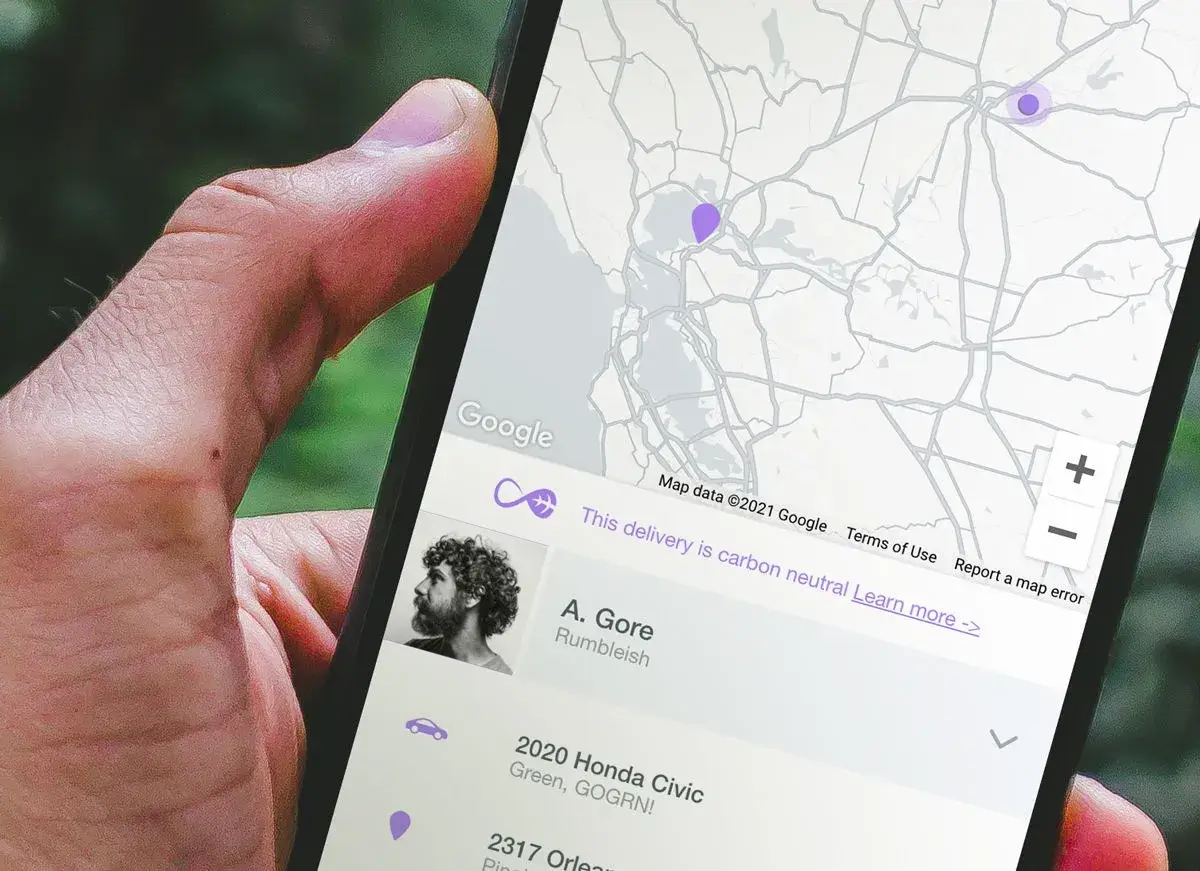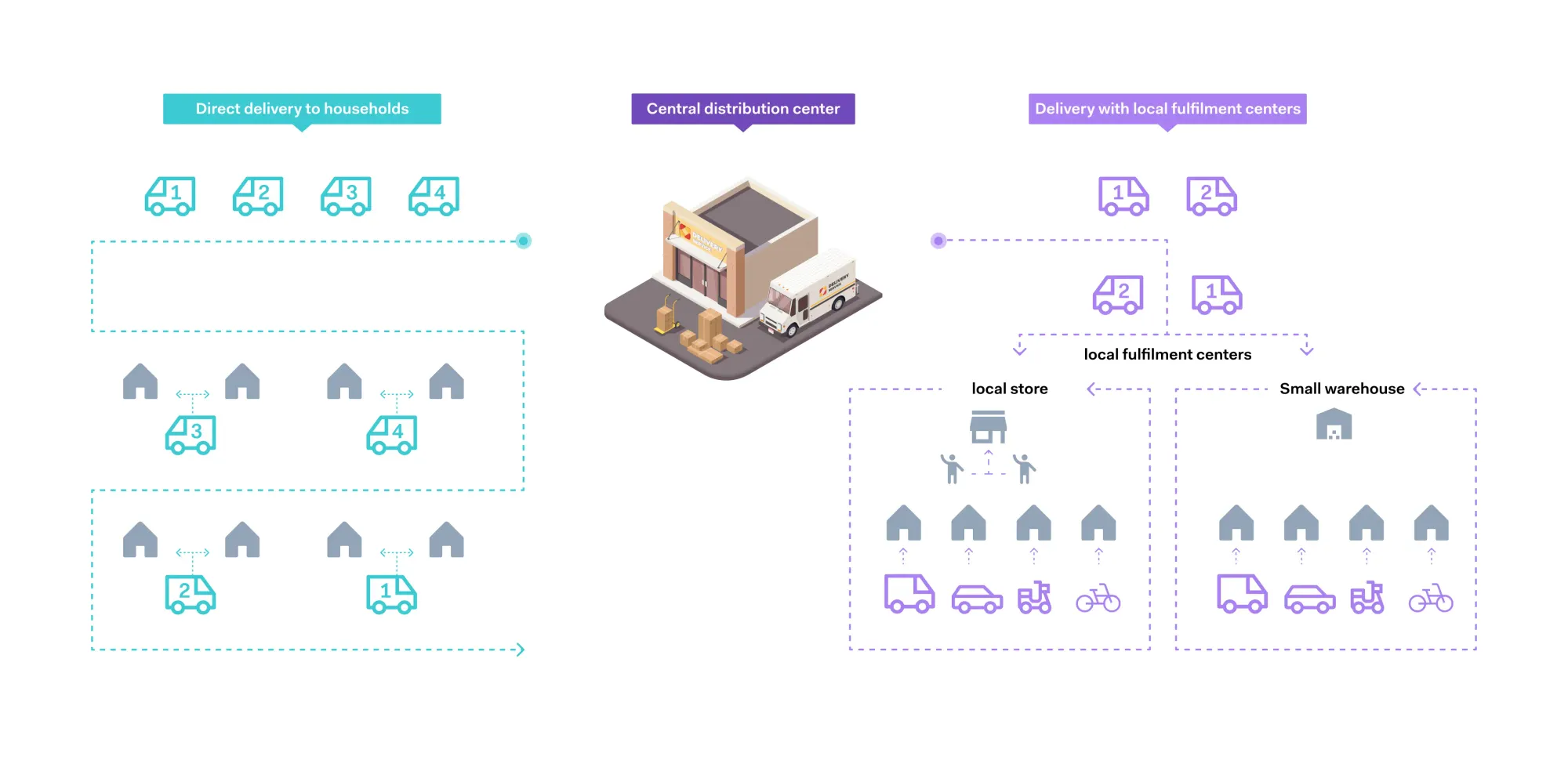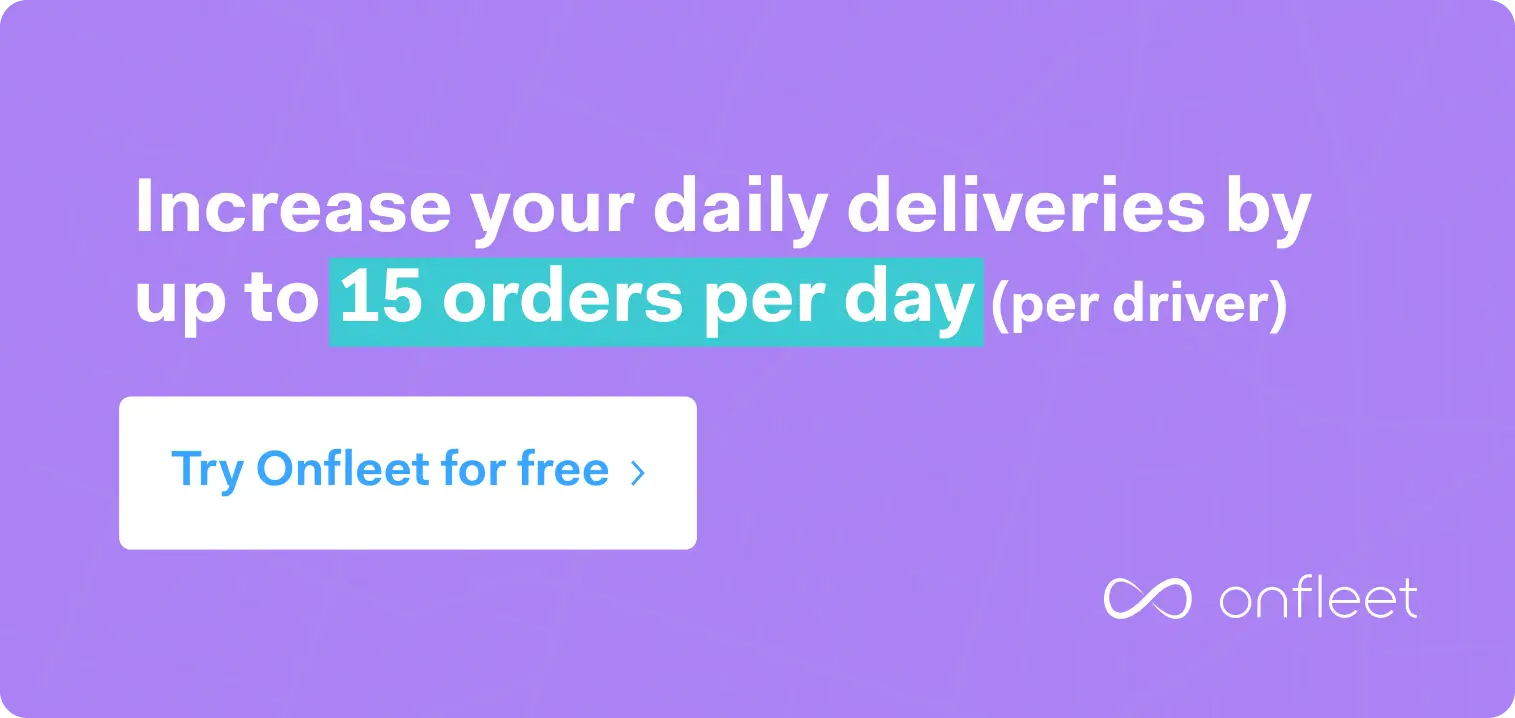For couriers, the words “zero emissions” often seem to imply “enormous bills.” But reducing carbon footprint can actually save businesses a substantial amount of money. Here’s how high-carbon emissions translate to high business costs—and the easy next steps to fix it.
The Environmental and Financial Costs of Last Mile Delivery: High and Rising
Last mile delivery, the final leg of a parcel's journey to the customer, is the most environmentally and economically costly aspect of shipping.
According to an Accenture Last Mile Sustainability Report, last mile delivery “accounts for 53% of the total cost of shipping—and 41% of total supply chain costs.” Environmentally speaking, a European Union project found that 30% of a city's carbon dioxide emissions come from last mile deliveries.
The good news is that reducing financial costs often lowers emissions. One feeds the other.
How to Achieve Zero-Emission Last Mile Delivery and Save Money
Getting to zero emissions seems daunting (to say the least!). Luckily, Onfleet has helped countless couriers optimize their operations – financially and environmentally. Here are a few next steps—some of which you can even take today!
Optimize Your Drivers’ Routes with Courier Delivery Software
The first area that couriers should focus on is optimizing last mile delivery routes. Why? It’s efficient, eco-friendly, and easy.
Environmentally speaking, optimized routing makes sense. After all, less driving means lower emissions and fuel costs—especially in urban environments. City drivers often travel at low speeds with frequent stop-and-starts, all of which costs additional fuel.
Fixing inefficient delivery routes saves money. When drivers abandon complex routes in favor of simpler ones, they can deliver more parcels per day. They also spend less on fuel and you may need fewer drivers.
The easiest way to optimize your last mile delivery routes is with courier delivery software. For example, at Onfleet, we’ve helped companies gain 20-40% efficiency from more intelligent routes—hugely cutting down on costs. Here’s how it works:
You are welcome to explore Onfleet with a free trial. If you are shopping for a solution, here are our tips for evaluating a courier delivery software.
Attract Last Mile Delivery Customers with Carbon Offset Benefits
Believe it or not, customers are willing to pay extra to help the environment. An Accenture report found that 43% of consumers prefer retailers with sustainable delivery choices.
Does that mean you suddenly have to become a carbon credits expert? No. You can incorporate carbon credits into your pricing model with a more experienced partner’s help.
For example, all Onfleet customers can offset their delivery emissions with our Onfleet Offset program. All it takes to participate is a flick of a button.Even better? Customers will see a banner highlighting the gesture. If you choose a white-label enterprise program, they will associate environmentalism with your brand. When a recipient receives their package, the app will look like it is from your company.

With this feature, courier clients and customers have compensated for 12,949 tons of carbon dioxide. That’s equivalent to 7,319 trees!
Learn more by reading about our Onfleet Offset program or listening to this interview with the CEOs of Onfleet and Pachama.
Explore Low-Cost, Low-Emission Vehicles for Busy City Centers
When most people think of environmentally friendly vehicles, their brain goes straight to expensive electric cars or trucks. While there are benefits to large electric vehicle fleets, there are a number of smaller (and cheaper) alternatives such as electric or traditional bicycles.
Zipply, a small courier service in Vancouver, transitioned a portion of their fleet to electric tricycles (“trikes”). Cost-wise, they are able to deliver much more efficiently in cities by avoiding loading lanes and congested streets. The company also “saves 20-30% of maintenance costs” compared to their non-electric counterparts.
But the move also has a marketing and brand visibility benefit.
In our interview with Zipply, cofounder Andrew Beckett shared, “people see our trikes on the road. They want to know what we're about.”
Read more about Zipply’s experience with Onfleet’s courier delivery software in our case study.
Embrace Small Local Fulfillment Centers for Last Mile Delivery
Most delivery warehouses live outside a city. Most delivery recipients live inside a city. See the problem?
Accenture’s Last Mile Sustainability Report explored couriers’ usage of micro-fulfillment centers, or smaller warehouse storage substitutes within a city. Couriers repurposed storefronts, created storage lockers, and leased smaller city warehouses to make last mile deliveries more environmentally and economically efficient.

Optimize for Zero Emission Last Mile Delivery to Save Money
Getting to zero emissions doesn’t have to cost big bucks. In fact, it can actually save you substantial money – especially in last mile deliveries. To learn more about how to optimize your last mile route, reach out to us on our courier delivery software page. You can also take our software for a test drive with a free trial.

